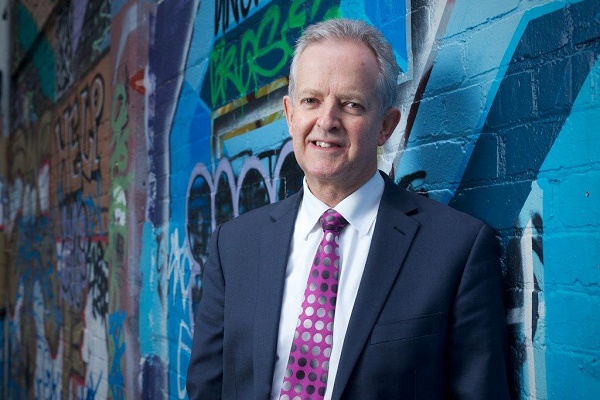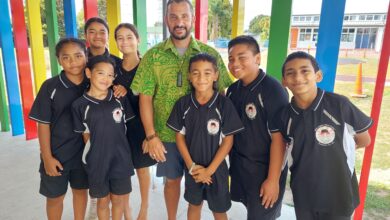Rates of neurodevelopment disorders among young offenders “sky high”

The rates of neurodevelopment disorders amongst youth offenders are ‘sky high’, according to principal Youth Court judge Andrew Becroft.
Judge Becroft, citing UK figures showing between 60-90 per cent of young offenders have communication disorders, said there was no reason the New Zealand incidence would be any different.
Neurodevelopment disorders from learning differences such as dyslexia, communication disorders, attention deficit hyperactive disorder, autism, traumatic brain injury, epilepsy and foetal alcohol syndrome, had been ‘largely invisible’ in the Youth Court for the past 25 years, and their prevalence and implications for the youth justice sector were only now just beginning to be understood.
“Every one of these disorders has sky high disproportionate prevalence in the New Zealand youth justice system,” Judge Becroft said.
While awareness and understanding of neurodevelopmental disorders was growing, with a raft of youth justice system responses in train, there was still much work to be done.
“There must be about 300 offenders with Foetal Alcohol Syndrome Disorder (FASD) in the Youth Court each year, and we would miss 299 of them,” Judge Becroft said.
He noted that it would be ‘remiss’ of him not to mention that including 17-year-olds in the youth justice system would have the singular advantage of including a group of people that probably most need a thoughtful, nuanced approach to neurodevelopment disorders.
Proposals to raise the Youth Court age from the current level of 16 years to include 17 years olds are currently before Cabinet.
Judge Becroft said the fact that 17-year-olds were currently excluded, despite the United Nations Convention for the Rights of the Child defining a child as anyone under 18, was an “enduring stain on New Zealand’s otherwise good youth justice record”.
He said that New Zealand’s youth justice system was now said by UK researchers to be world leading in a pioneering response to the neurodisability issues.
“New Zealand now leads the world in non-charging, non-court alternatives and it is only a small group of offenders who end up in the Youth Court,” he said.
But the Youth Court was not a soft option.
“Anyone who characterizes the Youth Court as a namby pamby, kumbaya-singing, milo-drinking show that cannot hold young people to account is absolutely wrong.”
Phil Dinham, manager of Youth Justice Support for Child, Youth and Family, told the Forum that diagnosis, assessment and understanding of neurodisabilities must be followed by wrap-around services that support young people to reach their potential.
Of the 20,000 young people aged 14-16 apprehended by police every year, only about 2000 end up charged in the Youth Court. About 80 per cent of youth offending was dealt with by police via diversion or family group conferences. However reoffending rates following these was high.
“This is a fantastic tale of diversion, but when diversion means we don’t understand the issue all we get is churn,” Dinham said.









